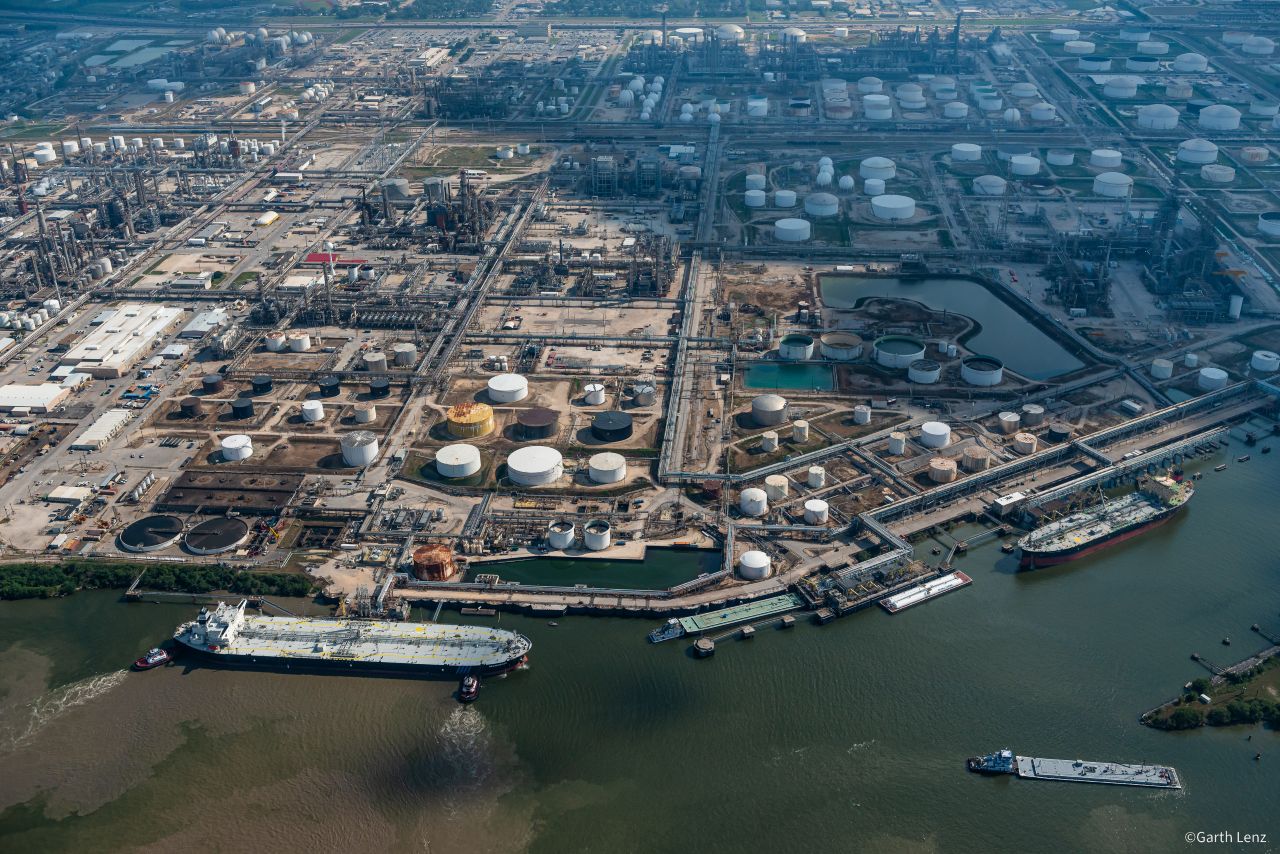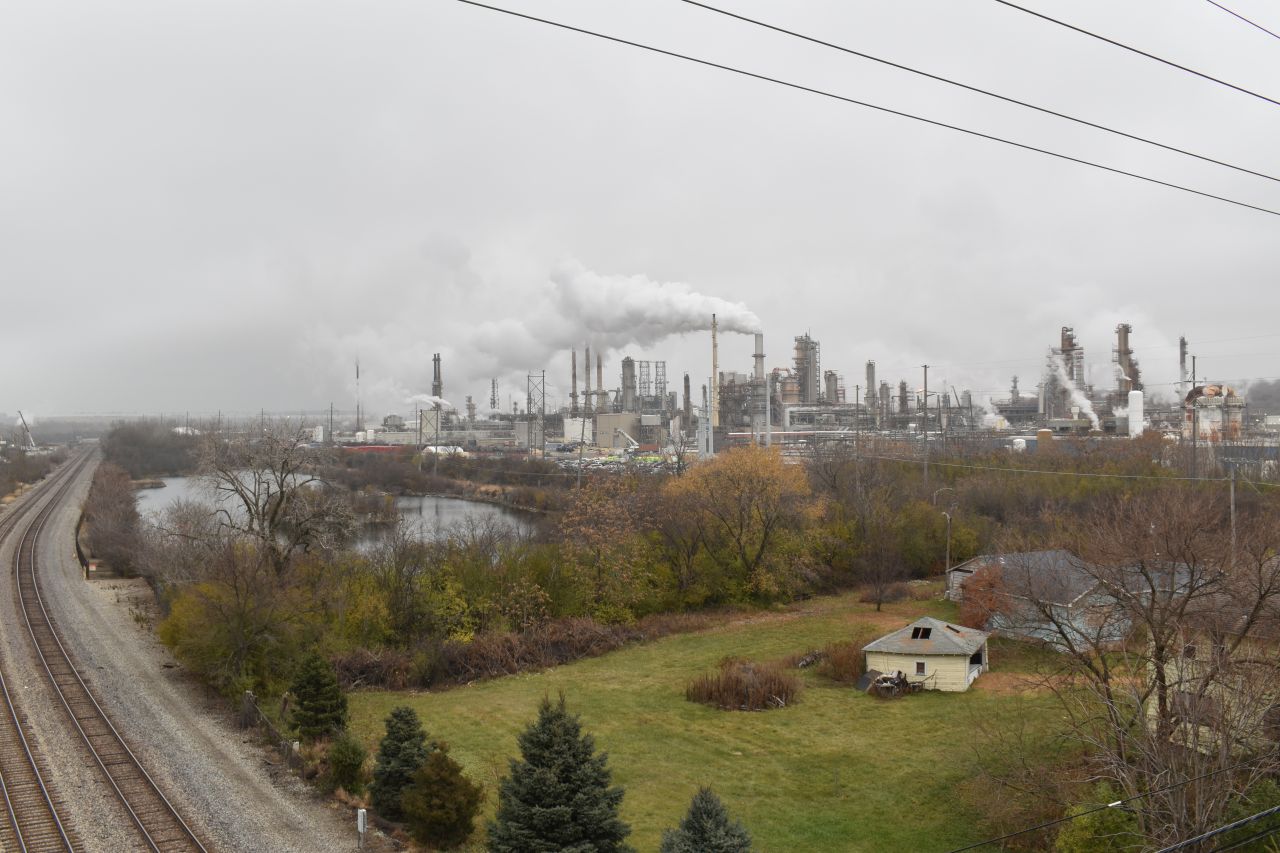In Illinois, a massive taxpayer-funded carbon capture project fails to capture about 90 percent of plant’s emissions

Last year, the Department of Energy’s National Energy Technology Laboratory celebrated what it called “the largest demonstration of its kind in the United States” at an ethanol plant in Decatur, Illinois, where carbon dioxide (CO2) is being captured and permanently stored deep underground.
The project, a partnership among ethanol producer Archer Daniels Midland, oilfield service company Schlumberger, the Illinois State Geological Survey, and Richland Community College, received $281 million in taxpayer dollars via Department of Energy grants. According to the department, it has stored more than 2.8 million metric tons of CO2 since 2011; EPA records put the figure at 3.94 million metric tons. In a January 2023 article, Energy Department officials said the project “marks a crucial step forward in efforts to decarbonize the U.S. economy and power sector by 2050.”
However, EPA records also show that the plant over the last decade has captured only 10-12 percent of the plant’s emissions each year at most, allowing the rest of the carbon dioxide to escape into the atmosphere. This raises questions about whether industrial-scale carbon capture technology can be a meaningful solution to global warming.
Whether carbon capture will work became an even more burning issue this week, when new EPA regulations for coal-powered power plants emphasized carbon capture as potential solution to keep coal plants open.
William Burns, founding co-director of the Institute for Responsible Carbon Removal American University and a visiting professor at Northwestern University, noted that even the modest amount of CO2 stored at the ADM plant in Illinois was only achieved with the help of massive taxpayer subsidies.
“We’ve been providing these subsidies for a long time – billions and billions of taxpayer dollars – and we still have very little to show for it,” Burns said.
The Archer Daniels Midland (ADM) plant in Decatur, Illinois, was the first large-scale industrial facility in the U.S. to permanently store CO2 underground. Since 2011, the plant has captured CO2 from its ethanol production plant, which turns corn into a fuel additive for vehicles. The facility injects the CO2 into a sandstone formation saturated with saltwater hundreds of feet below ground.
This permanent underground CO2 storage is in contrast to injecting captured CO2 underground to force out more oil, the most common form of carbon capture and reuse called “enhanced oil recovery.” ADM officials and carbon sequestration advocates argue that permanent carbon storage projects like this are needed to bring greenhouse gas emissions down to net zero, which is required to stave off the worst effects of climate change.
Companies are planning to deploy the same technology in use at ADM’s Decatur plant across the U.S. A report last week by the Congressional Research Service shows that there are 130 pending applications nationwide to drill carbon disposal wells for permanent geologic storage of CO2. Another 33 applications are under review in Louisiana, North Dakota, and Texas, where the EPA has given the states authority to issue permits.
However, few examples of large-scale industrial CO2 storage projects currently exist. Of the 13 carbon capture projects that reported to EPA in 2022, a majority – seven plants – injected captured CO2 back into the ground for enhanced oil recovery. Four injected carbon into the ground with waste produced by gas processing plants as a waste disposal method. Only two plants (including the ADM plant) were not part of the oil and gas industry, and injected CO2 into the ground for permanent sequestration. The other is the Red Trail Energy biofuel plant in Stark, North Dakota.
As the EPA and state regulators consider approving more of these projects, the federal government is pouring billions in grants and tax subsidies into carbon capture, including the $281 million in grants for the ADM project. (This does not include tax breaks for which the plant likely qualifies.)
The small percentage of carbon captured by ADM undercuts the argument that industrial carbon capture can have a significant impact on global warming. Skeptics describe carbon capture as a false solution that will never be deployed on a big enough scale to meaningfully reduce CO2 emissions. Former Vice President Al Gore, for example, called carbon capture technology a “fraud” during an April 12 speech to environmentalists.
The Decatur plant is the largest agricultural facility source of CO2 emissions in the U.S., emitting at least 4.1 million metric tons per year over recent years, according to EPA records. While the company captures and stores some of its CO2 – ranging from 428,580 to 525,002 metric tons per year since 2017 – this only amounts to about 10-12 percent of the company’s annual facility-wide emissions. (Note: for this article, facility-wide emissions include both emissions used to make ethanol and emissions associated with other grain processing operations at the site.)
Archer Daniels Midland is also short of its initial goal to sequester 2,000 to 3,000 metric tons of CO2 per day. From 2017 to 2022, the plant stored an average of about 1,345 metric tons per day, which is less than half to two thirds of the project’s goals.
EPA records also show that a monitoring well at the ADM facility leaked 307 tons of CO2 in 2022, amounting to 0.07 percent (or 307 tons) of the carbon stored that year.
Though some experts hope the carbon storage industry can succeed, others say the small percentage of emissions captured – even more than a decade into the project – is raising questions about the effectiveness of the technology.
Charles Harvey, an MIT professor who once worked for a carbon capture startup firm and became skeptical about the cost-effectiveness of the technology, questioned the benefit of sequestering carbon at an ethanol plant in the first place. Some studies have shown that ethanol blended with gasoline is worse for the climate than straight gasoline because of the vast amounts of land needed to grow corn to produce it, plus emissions from making it and burning it in vehicles.
“If our interest is in using government resources to reduce CO2 emissions, that money would be much better spent not making ethanol,” Harvey said. “You’d really be better off just replacing those corn fields with solar panels. You’d get a lot more reduction, and you get cheaper electricity.”
The Archer Daniels Midland facility in Illinois has fared better than most other carbon capture projects around the world. Though the technology has been around since the 1970s, most projects have failed. According to one 2020 review, of the 149 projects intended to be storing CO2 by 2020, more than 100 have been terminated or placed on indefinite hold, largely due to financial problems.
However, Anthony Kovscek, a professor of energy science and engineering at Stanford University, called the ADM project a “great test case.” One lesson scientists learned, he said, was how to inject CO2 underground without triggering earthquakes. “As far as I have seen, there have been very few operational issues of note and certainly no leakage of CO2 to the surface,” Kovscek said.
Sally Benson, an energy science engineering professor at Stanford University and former director of the Global Climate and Energy project, said the carbon capture industry is still in its “early days” but called it “a very important technology.”
“Every bit of CO2 we put up into the atmosphere leads to more warming, and we’re running out of time,” Benson said. “This is a technology at hand that gives us yet another tool, in addition to renewables and so forth, to begin to reduce our emissions.”
Lead photo: A tanker truck loaded up with ethanol prepares to leave the Archer Daniels Midland Company plant in Decatur, Ill., Thursday, July 2, 2009. (AP Photo/Seth Perlman)















